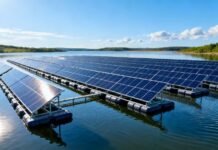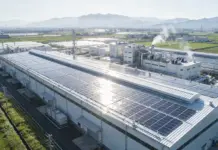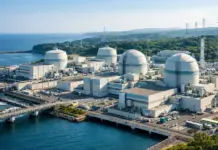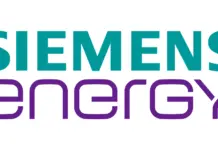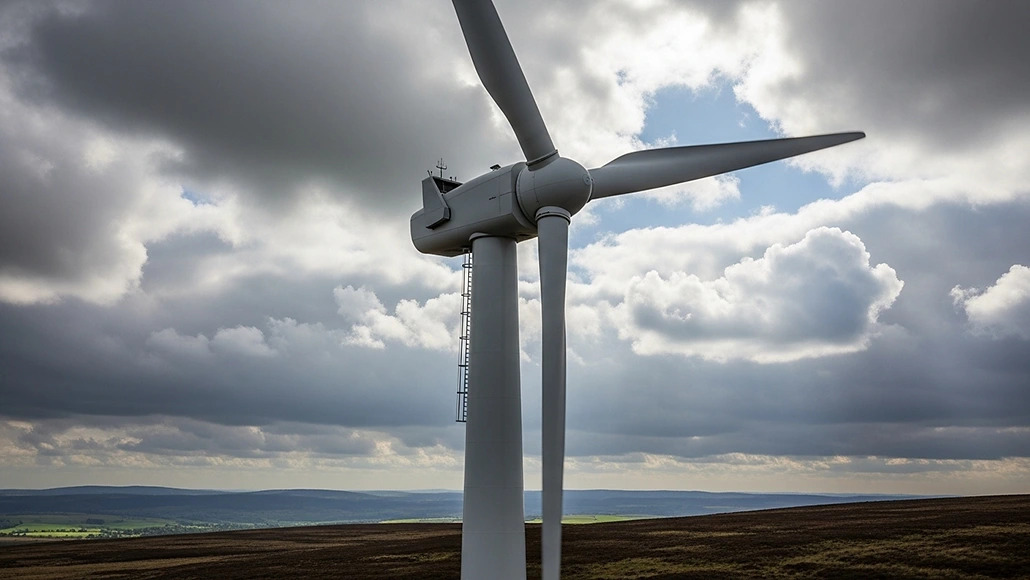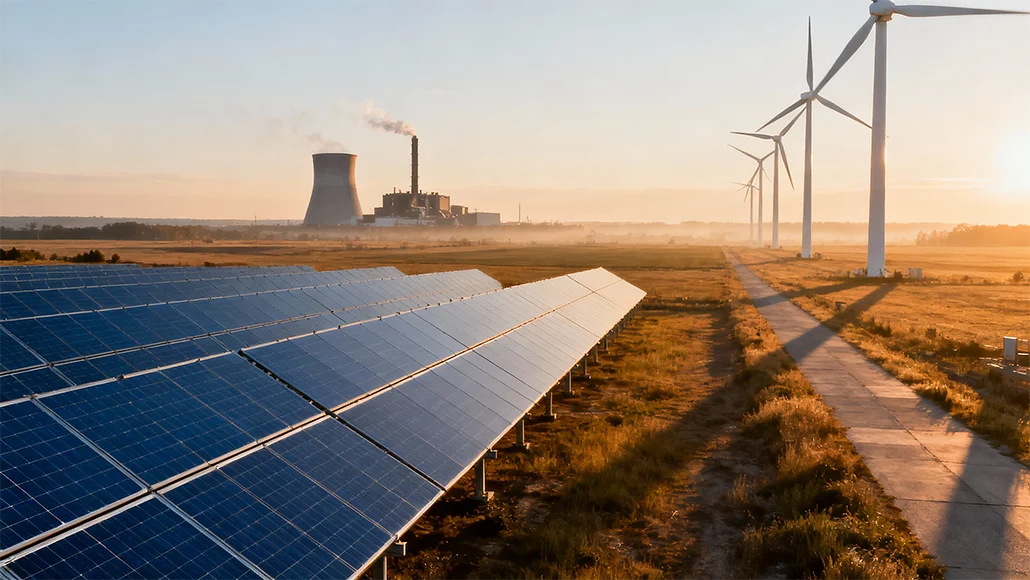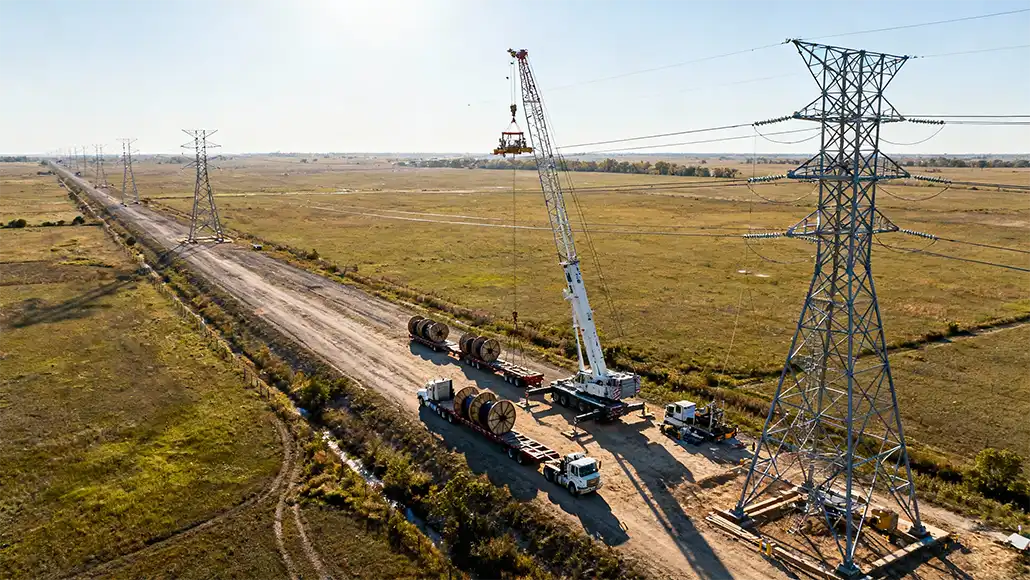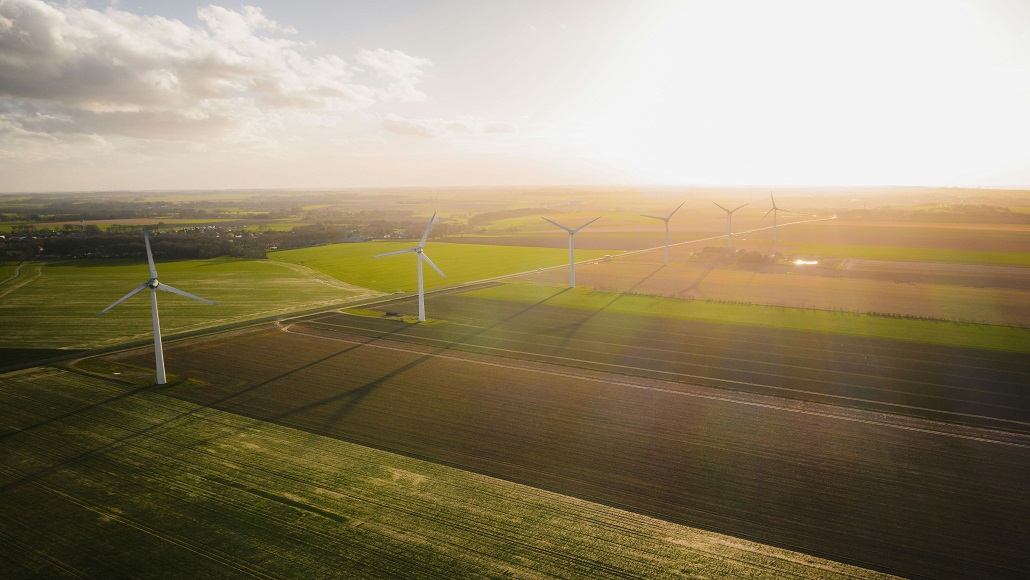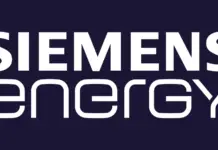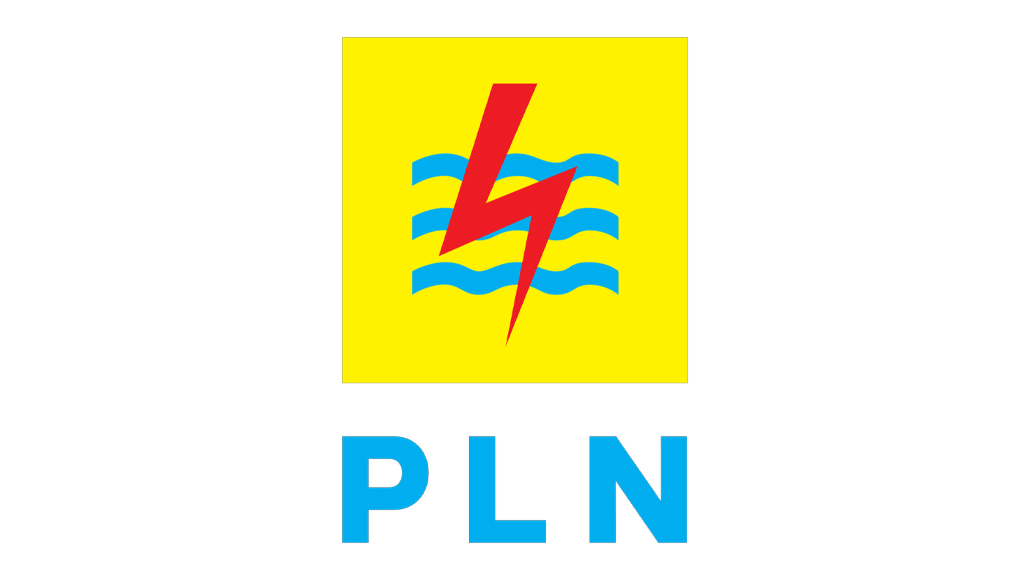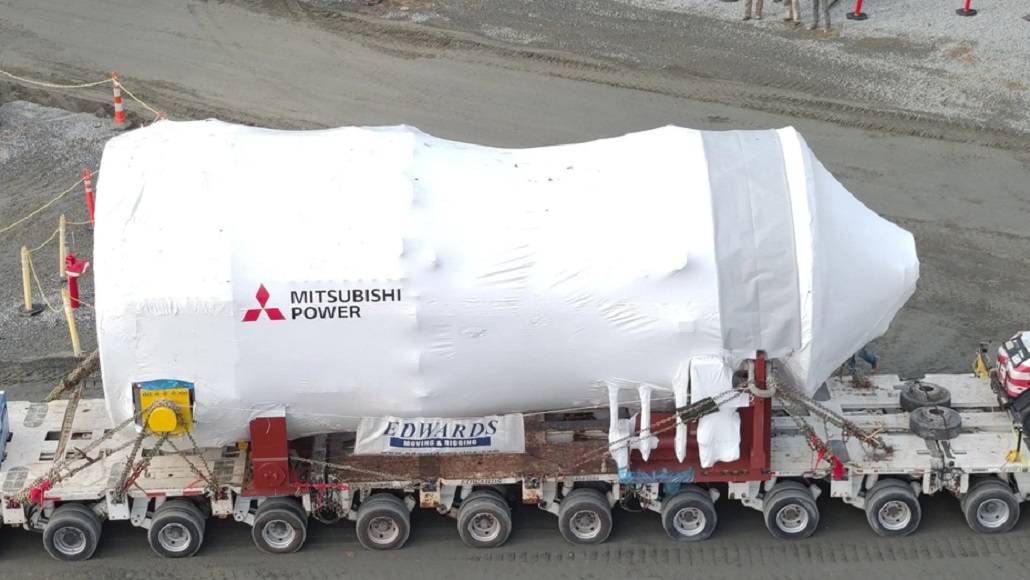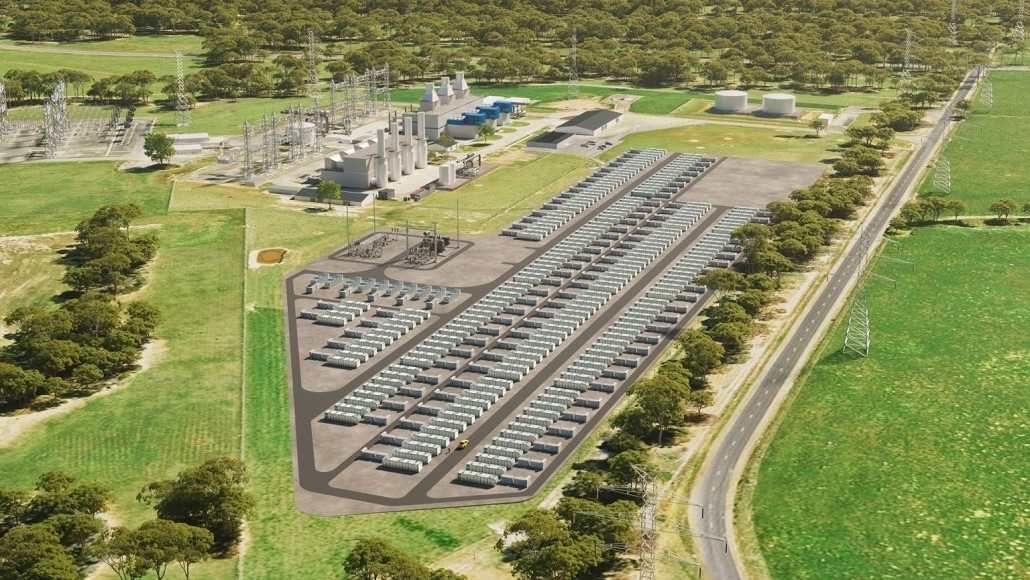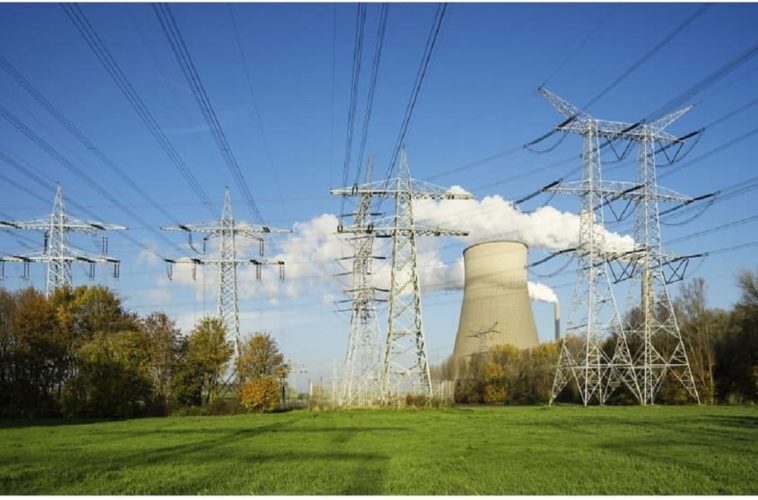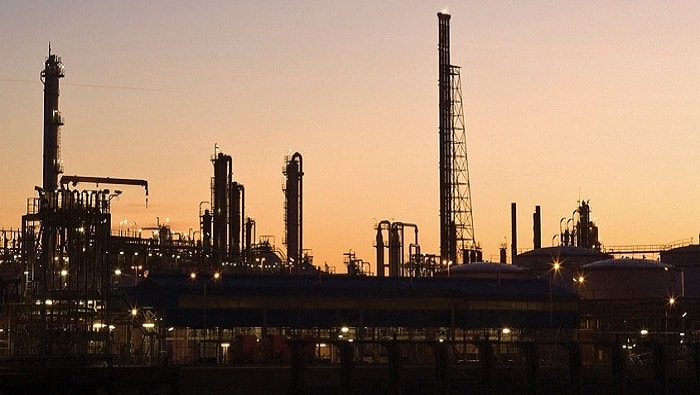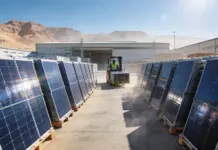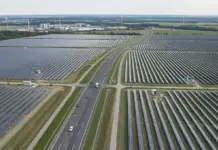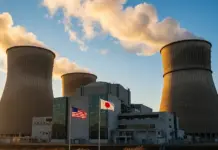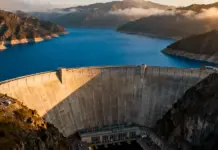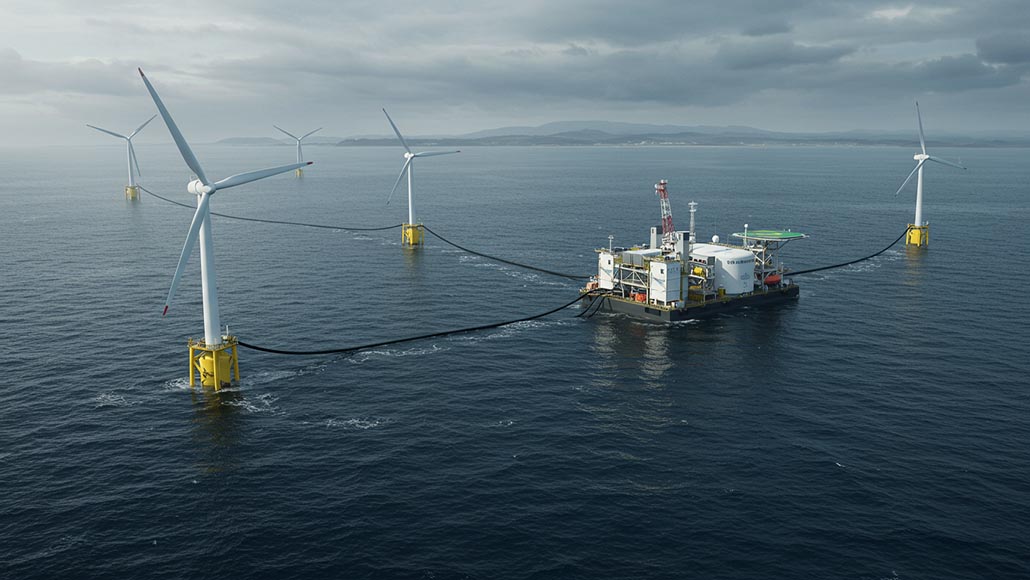It is well to be noted that the renewable energy landscape is no stranger when it comes to ambitious ideas, but integration of offshore wind power along with hydrogen production is coming up as one of the most promising growths within the sector. Offshore wind farms, which were designed especially to generate electricity for the grid, are now getting reimagined as multipurpose green energy hubs, which are capable not only of producing the power that they do, but they also convert excess generation into clean hydrogen by way of electrolysis.
This kind of transition reflects technological progress along with market pragmatism. Hydrogen, which is especially green hydrogen produced by way of using renewable energy, is being championed as the missing link when it comes to the global decarbonization puzzle. By teaming the abundant and steady output of offshore wind along with hydrogen production facilities, developers can now address issues that instantly crop up, enhance the asset utilization, and also tap into emerging hydrogen trade routes.
Apparently, industry leaders have been quick to note the economic implications as well. The dual-purpose model supports national net zero objectives along with opening the pathway to entirely new export markets. For nations having robust offshore wind resources—like Germany, the UK, the Netherlands, and Japan – the wind-to-hydrogen model goes on to represent a chance to secure long-term energy security and simultaneously create high-value industrial supply chains.
Why do offshore wind and hydrogen make a powerful team?
Offshore wind farms go on to generate a high capacity factor as compared to their onshore counterparts. The former often exceeds 50%. This kind of dependability makes them an ideal partner when it comes to hydrogen electrolyzers, which perform best when given a foundation of balanced and continuous operation. When excess power gets generated, rather than the production or selling at low market prices, operators can actually channel this surplus directly into hydrogen production.
From the standpoint of grid management, this kind of synergy decreases pressure on transmission infrastructure as well. Offshore wind projects are often located away from the demand centers and hence require costly subsea cables along with grid reinforcement. By way of producing hydrogen on-site, developers can actually bypass some of these logistical challenges and transport the clean fuel through pipeline or ship instead.
Besides this, the decarbonization of hard-to-electrify industries like cement, steel, aviation, and even long-haul shipping happens to rely heavily on a dependable hydrogen supply. Integrating offshore wind production along with hydrogen generation makes sure that these industries get access to a very balanced, green energy source without competing in terms of the limited grid capacity that is available.
The global push when it comes to wind-hydrogen hubs
The momentum behind wind-to-hydrogen projects can be seen already in trading announcements as well as cross-border agreements.
The UK –The government of the UK and its hydrogen strategy update stress offshore wind as the backbone when it comes to future hydrogen production. Projects such as the North Sea energy island plan to blend multi-gigawatt wind capacity along with large-scale electrolysis, thereby targeting both exports to mainland Europe as well as domestic supply.
Japan and Australia –It is well to be noted that Japan is positioning itself as a major hydrogen importer and has done agreements to source green hydrogen from Australian offshore wind hydrogen projects, thereby making utmost use of LNG-style shipping infrastructure.
Germany And Netherlands – Joint venture between German as well as Dutch utilities are discovering offshore hydrogen islands within the North Sea, which are designed to feed the growing hydrogen economies of both nations. Trading houses are actually actively getting into agreements so as to lock in the future supply.
The US –The erstwhile Biden administration’s hydrogen hub funding goes on to include offshore integration, especially in the Gulf of Mexico, as well as Atlantic Coast, in which Developers are eyeing certain large scale Co-located projects
Notably, these developments go on to signal a transition in how energy trade flows are going to be shipped. Rather than shipping electrons by way of cables, countries are going to increasingly trade green hydrogen molecules, which are produced at offshore facilities, so as to fuel the transportation and industrial sectors across the world.
What are the technical advances that are driving the synergy?
Next-gen electrolyzer rollout
It is worth noting that electrolysis happens to be the linchpin of the world hydrogen model. The recent advances within proton exchange membrane (PEM) as well as alkaline electrolyzer technologies have prominently decreased the expenditures and enhanced efficiency. Floating electrolysis units, which are directly integrated within the offshore platforms, are now getting tested, thereby eradicating the need to transport power back to the shore before the production of hydrogen.
Floating offshore wind platforms
Apparently, not all the regions happen to have shallow sea beds, which are suited for fixed-bottom turbines. Floating wind technology opens certain new geographies when it comes to offshore hydrogen production, which includes deep water areas such as the US West Coast, the Mediterranean, and even parts of the Asia Pacific. This goes on to expand the potential footprint when it comes to integrated projects in a very dramatic way.
Hydrogen storage along with transport solutions
Storing hydrogen offshore happens to present its own barriers. However, innovations within compressed hydrogen storage, ammonia conversion, and even liquid hydrogen shipping are making the transport that involves long distances much more feasible. The solutions are critical when it comes to developing international hydrogen trade networks.
Implications on economy and supply chain
It is well to be noted that for the supply chain, offshore wind hydrogen integration goes on to present an opportunity as well as a challenge. The demand when it comes to specialized vessels, hydrogen-compatible pipelines, corrosion-resistant storage tanks, and high-capacity compressors is going to grow. This kind of opens the doors for shipbuilders, engineering firms, and steel manufacturers having expertise within the subsea infrastructure.
In terms of the trading side, hydrogen offers a hedge against the price volatility in electricity. Long-term hydrogen offtake agreements offer predictable revenue streams when it comes to wind farm operators, thereby enhancing the project bankability. Interestingly, there are energy traders who are already building hydrogen desks so as to capitalize on the arbitrage opportunities that crop up between regional markets since the price indices for green hydrogen are beginning to show.
What are the challenges to overcome?
While this concept is really compelling, there are several challenges that still remain –
Capital expenditures – Offshore wind along with hydrogen production are both capital intensive, and combining them needs large upfront funding.
Regulatory intricacy – Coordinating the offshore permitting, hydrogen safety benchmarks, and even maritime regulations happens to be a very intricate process, which involves numerous agencies as well as jurisdictions.
Development of market – The hydrogen market is still at a very nascent stage, and large-scale demand within the key sectors has to mature simultaneously along with the supply.
Interestingly, overcoming these challenges is going to require policy support, which is very coordinated, global standards for hydrogen trade, and also targeted subsidies so as to derisk the investment.
A decade that is defining
The 2020s are going to be decisive for offshore wind hydrogen integration. The speed of pilot projects, corporate investment, and government-backed hydrogen hubs goes on to suggest that the first commercial-scale wind-to-hydrogen farms could come into existence before 2030. When it comes to the B2B supply chain audience, the message is transparent – it is now time to position for the upcoming hydrogen economy. Those who invest in vessels, storage systems, platforms, and trading infrastructure in order to support these projects are going to stand at the forefront in a market that is all set to grow within the next couple of decades as a multi-billion-dollar segment.



